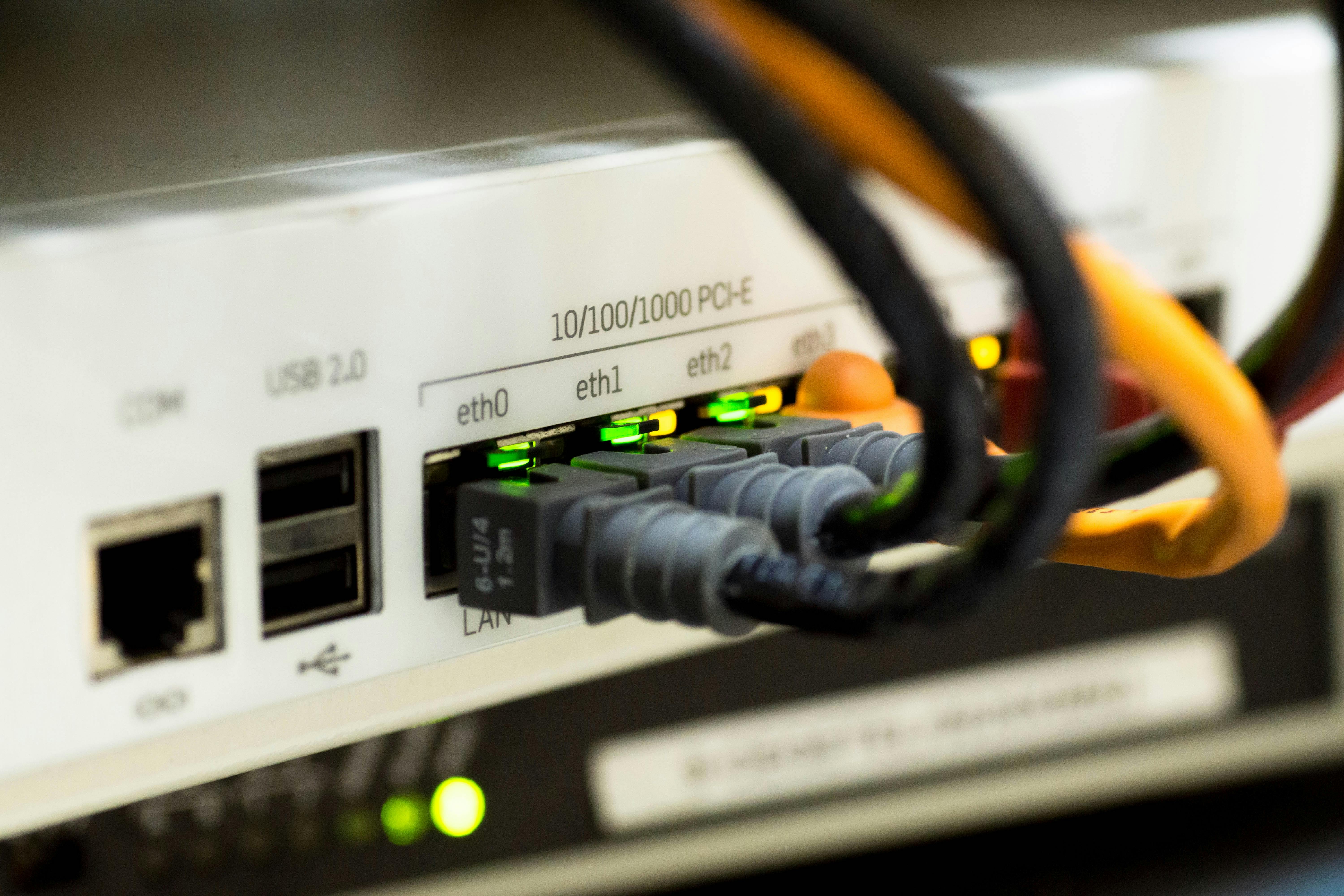Decoding Your Fiber Optic Connection: Understanding ONT Optical Measurements
About
Fiber optic internet has revolutionized how we connect to the digital world, offering blazing-fast speeds and unparalleled reliability. But behind the scenes, a complex interplay of optical signals ensures everything runs smoothly. This post will demystify some key optical measurements you might encounter related to your Optical Network Terminal (ONT), the device that brings fiber into your home. Understanding these measurements can help you troubleshoot connection issues and ensure optimal performance.

Where to Find These Measurements:
These measurements are typically accessed by technicians using specialized equipment or sometimes through the ONT's management interface (if accessible). Most home users won't directly interact with these values but understanding them is valuable.
Key Terms and How to Read Them:
We'll focus on measurements taken at the ONT's Analogue Network Interface (ANI) on the ONT side.
Laser Bias Current (ONT ANI-ONT-Side Optical Measurements):
- What it is: The amount of current constantly applied to the laser diode inside the ONT. This keeps the laser "warmed up" and ready to transmit data quickly.
- Typical Range: A few milliamps (mA), often between 5mA and 20mA. This varies by ONT model.
- How to Read It: Stability is key. A consistently increasing bias current over time can indicate the laser is aging. Sudden changes can signal a fault. Don't focus on a single "good" number; look for trends and consult manufacturer specifications.
- Units: Milliamps (mA) or sometimes microamps (µA). Remember 1 mA = 1000 µA (e.g., 12800 µA = 12.8 mA).
Optics Module Voltage (ONT ANI-ONT-Side Optical Measurements):
- What it is: The voltage supplied to the optical module within the ONT.
- Typical Range: Around 3.3V DC, but can vary slightly (3.1V - 3.5V).
- How to Read It: Stability is paramount. Significant deviations or fluctuations can indicate a power supply issue within the ONT.
- Units: Volts (V).
Rx Optics Signal Level at 1577 nm (ONT ANI-ONT-Side Optical Measurements):
- What it is: The strength of the optical signal received by the ONT at a wavelength of 1577 nanometers. This is the downstream (data coming to you) signal in XG-PON.
- Typical Range: -27 dBm to -10 dBm.
How to Read It: Lower negative numbers are better (stronger signal). For example, -10 dBm is a stronger signal than -20 dBm.
- -10 dBm to -18 dBm: Strong signal.
- -18 dBm to -25 dBm: Acceptable signal.
- -25 dBm to -27 dBm: Weak signal.
- Below -27 dBm: Very weak signal, likely causing service disruptions.
- Units: Decibels relative to a milliwatt (dBm).
Tx Optics Signal Level at 1270 nm (ONT ANI-ONT-Side Optical Measurements):
- What it is: The strength of the optical signal transmitted by the ONT at a wavelength of 1270 nanometers. This is the upstream (data going from you) signal in XG-PON.
- Typical Range: +2 dBm to +7 dBm.
How to Read It: Higher positive numbers are better (stronger signal). For example, +7 dBm is a stronger signal than +2 dBm.
- Above +7 dBm: Strong signal.
- +2 dBm to +7 dBm: Acceptable signal.
- Below +2 dBm: Weak signal, potentially causing upload issues.
- Units: Decibels relative to a milliwatt (dBm).
Why This Matters:
Understanding these measurements helps in:
- Troubleshooting: If you experience connectivity problems, these values can provide clues about the source of the issue.
- Monitoring Network Health: Service providers use these measurements to ensure the network is performing optimally.
- Communicating with Your Provider: If you need to contact your provider, having some knowledge of these terms can help you explain the problem more effectively.
Important Note: It's crucial to consult your ONT's manufacturer documentation for the specific recommended ranges for these values, as they can vary between different models and technologies. If you suspect an issue, contacting your internet service provider is always the best course of action. They have the tools and expertise to accurately diagnose and resolve any problems with your fiber optic connection.
